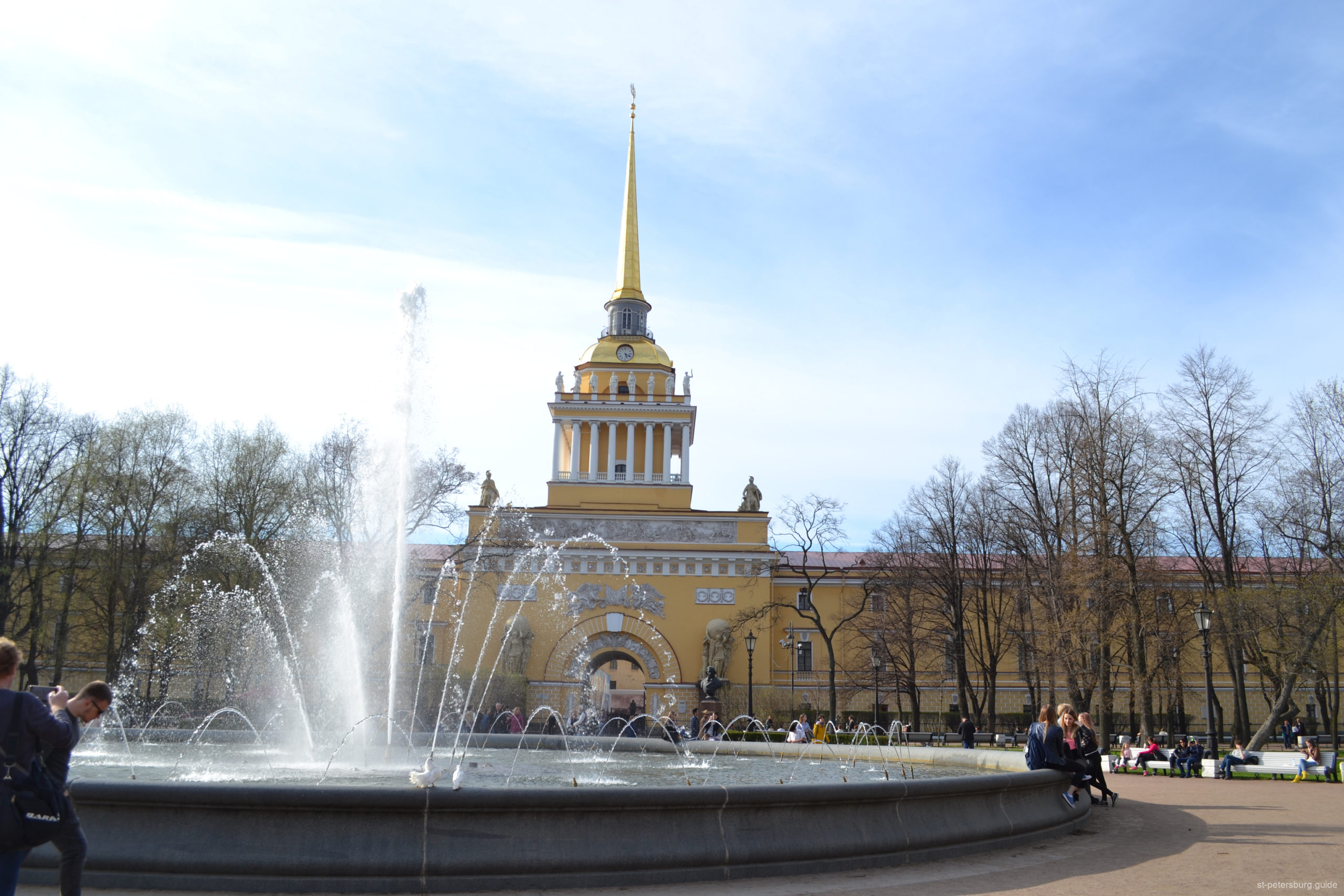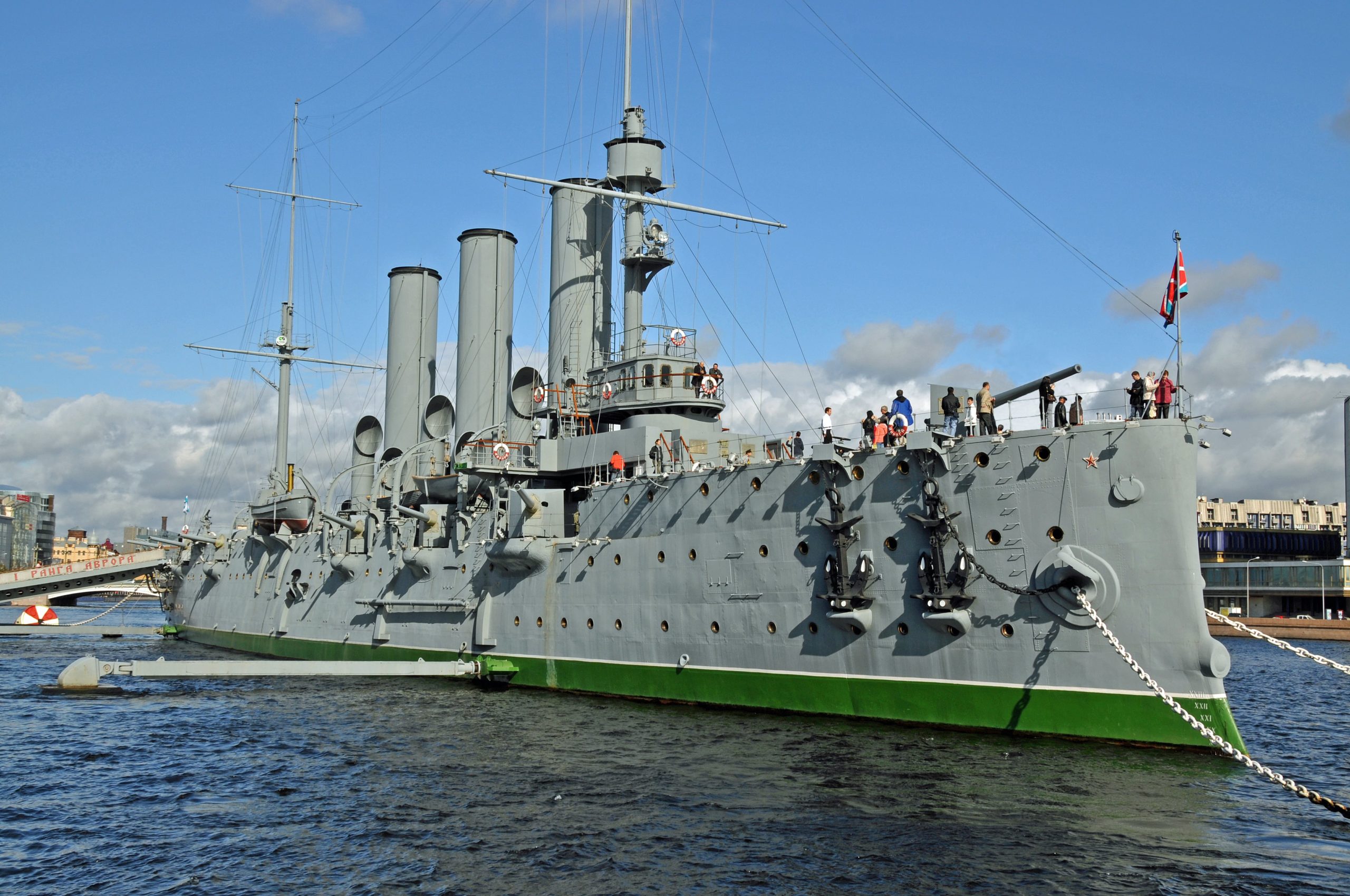The city of Kronstadt is located on the Kotlin Island in the Gulf of Finland. In 2011, it was connected to the southern and northern parts of the city by a highway as part of a complex of flood protection structures in St. Petersburg. The road stretches across the Gulf of Finland from the village of Malaya Izhora through Kotlin Island to the city of Sestroretsk.
The construction of the fortress city of Kronstadt began in 1703 with a foundation stone on the shallows next to the island of the fort Kronshlot (translated as Crown Castle). The purpose of the construction of the fortress was to close the fairway that leads to the mouth of the Neva. On May 7, 1704, the fort and two batteries were commissioned. A month later, a squadron of Swedish ships tried to break through Kronshlot, but to no avail. In 1709, by order of Peter I, the construction of piers, harbors, warehouses for the fleet began. At the cost of many human lives, the construction of the first harbor was carried out in the shortest possible time, completed already in 1714, and in 1723 the Merchant, Lesnaya, Srednyaya, Voennaya harbor began to operate.
In 1723, construction began on the central fortress, which received the name Kronstadt – “Crown City”. The palace of Peter I and the palace of A.D. Menshikov (Italian palace).
Immediately after its construction, the Kronstadt fortress became a reliable shield for Russia and St. Petersburg. According to Peter’s plans, Kronstadt is part of the capital of Russia, therefore it is developing according to pre-thought projects, with the involvement of the best architects: D. Trezzini, S.I. Chevakinsky, V.I. Bazhenov. As a result, a unique fortress-port city is being built.
The construction and improvement of fortifications continued in Kronstadt until the beginning of the 20th century. In particular, a unique complex of forts of Kronstadt is being built. The forts have now lost their military significance, but remained the most powerful fortification complex in the Baltic. Kronstadt is still, along with the city of Baltiysk in the Kaliningrad Region, a basing point for the Baltic Fleet of the Russian Federation. There are surface and submarine ships at the piers on the embankment.
From 1771 to 1798, the Naval Cadet Corps was located in Kronstadt, which was graduated by outstanding Russian sailors, including: FF Bellingshausen, IF Kruzenshtern, Yu. F. Lisyansky. Famous admirals served in Kronstadt: FF Ushakov, PS Nakhimov, VN Kornilov and many others.
The commercial port of Kronstadt was of great importance for Russia – cargo from sea vessels was reloaded here on barges for delivery to St. Petersburg. The port flourished in the years 1860-1880. After the opening of the Sea Canal to St. Petersburg, the port was moved to the capital.
Kronstadt was also an important scientific center for three centuries of its existence. For example, the world’s first icebreaker “Pilot” was built here. Here in 1895 A.S. Popov invented the world’s first radio receiver. In 1898–1918, a laboratory producing a plague vaccine worked at the “Emperor Alexander I” fort.
During the Second World War in 1939-1945, Kronstadt played an important role in the defense of Leningrad. For 900 days, Kronstadt was blockaded from the entire country and from Leningrad. The Baltic Fleet, based in Kronstadt, provided submarine access to the Baltic Sea. Now Kronstadt is one of the districts of St. Petersburg, its population is about 35 thousand people.
The main attractions of Kronstadt
Warships in the Middle (Petrovskaya) harbor of Kronstadt
During your trip to Kronstadt, be sure to look at the warships that are in the very center of the city – in the Middle Harbor, which is very convenient for tourists. This is one of the main attractions of Kronstadt and a visiting card of the city.
Now the main base of the Russian fleet is in Baltiysk in the Kaliningrad region, and the secondary base is here in Kronstadt. But Kronstadt is the cradle of the Baltic Fleet, it was here in 1713-1723 under the leadership of Peter the Great that the first five harbors were built – Kotlinskaya (in 1714), Srednyaya and Kupecheskaya, Lesnaya and Voennaya (in 1723). These structures are classified as historical monuments and are the landmarks of Kronstadt.

Merchant harbor in Kronstadt
Before the construction of the Sea Canal, ships could not pass from the Gulf of Finland to St. Petersburg and stopped on Kotlin Island, in the harbors of Kronstadt. The merchant harbor served as a place for transshipment of goods from sea merchant ships to small ones.
In addition, the Merchant Harbor was a wintering place for merchant ships. To prevent winter storms from damaging the ships, a special crane removed the masts, and in the spring they were reinstalled. On the shore you can see a monument – a preserved crane from the 19th century.
Fish rows
There were fish rows on the shore of the Merchant Harbor. Initially, these were shops selling fish, and in 1828 a yellow stone building with white columns in the classicist style was built for trade.
In the summertime, trade was carried out from boats that stood at the coast in 5-6 rows. The hostesses jumped from boat to boat, choosing a product to their liking.
Dutch kitchen
One of the sights of Kronstadt is the building of the Dutch kitchen located between the Italian pond and the Merchant harbor. This is a stone building which was intended for cooking for the crews of ships that were stationed in the harbors of Kronstadt.
It was forbidden to cook food on the ships themselves for fire safety purposes. The Dutch kitchen consisted of 4 sections, where food for the crews of the ships was cooked. Provisions and water, firewood and boilers were from ships, the coca brought them with him. Each compartment had a stove designed for two boilers with a capacity of 10 buckets each.
Park “Island of Forts”
The 9-hectare park is located on the coast of the Cabotage harbor and includes objects of a museum, recreational and educational nature. The central semantic axis of the Museum and Historical Park is the Alley of Heroes. Presented in the format of the “road of time”, the Alley combines recreational and educational functions for residents and guests of the city. Throughout 150 meters of the Alley, artistic techniques through personalities — outstanding naval figures of Russia — reveal the main themes from the three-hundred-year history of the Russian fleet.
In the immediate vicinity of the water there is a memorial object – the Lighthouse of memory with the names of 200 heroes of the fleet, around which there are panoramic swings with views of the park and three historical forts closest to the city, including Kronshlot – with the construction of which the history of Kronstadt began.
Petrovsky dock
The Petrovsky Dock is one of the oldest hydraulic structures in Kronstadt, the construction of which was started back in the time of Peter the Great. The dock could simultaneously carry out repairs of ten large ships.
Construction began in 1719 and was planned to be completed in three years. More than 3,000 people were involved in the construction site in Kronstadt, mostly soldiers.
For the 18th century it was a grandiose structure – the Petrovsky dock in Kronstadt was 2.24 kilometers long. In 1774, a steam engine was brought from Scotland, with the help of which the water from the pool was pumped out in just 9 days! This miracle of technology lasted 75 years.
Part of this unique hydraulic engineering structure served until 2008! Among the sights of Kronstadt, this preserved building is one of the most interesting.
Naval Cathedral in Kronstadt
The construction site was determined by the area occupied by a warehouse with anchors from old ships. They decided to place the temple in such a way that next to it there was a place for parades and a park. The dome of the temple, visible several kilometers from the city, was supposed to be a reference point for all ships returning to their native shores.
The Naval Cathedral in Kronstadt was built from 1903 to 1913 at the expense of the people and the funds of the Naval Department. The best craftsmen of that time worked on the design of the building.
At first glance, the Naval Cathedral resembles the famous St. Sophia in Constantinople. At the same time, the temple in Kronstadt has different proportions and was consecrated in honor of St. Nicholas, the protector and patron of all seafarers. This nautical orientation is visible already when approaching the temple – the cross on the dome is inscribed in the steering wheel, and the edges of the domes are decorated with an interweaving of anchors and ropes. The height of the building is 70.5 meters and it is the tallest building in the city. The central part of the temple accommodates 3000 parishioners.
In the gallery in the upper hall and in the lower hall there are black marble plaques with 12,000 names of sailors who died in the service from 1796 to 1917. White marble plaques are also placed in the altar, with the names of 14 clergymen who died in the line of duty engraved on them.
If you are interested in this small fortified city with a deep history, just let me know and we will include it in the program of your acquaintance with St. Petersburg. For instance:
Information About the Excursion
Schedule
Open for external visits all year round
Public Transport
| Address | |
|---|---|
| Saint Petersburg, Kronstadt city | |
| How to get there | |
| |
Share










